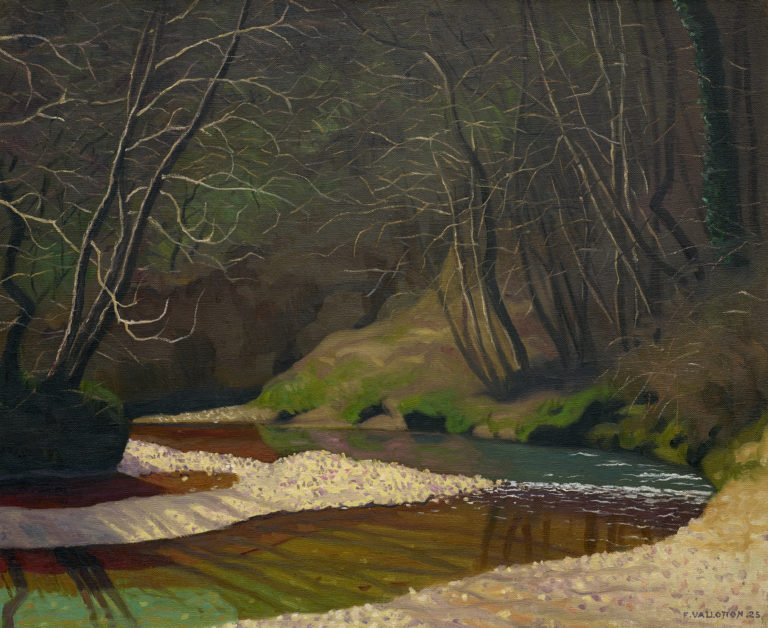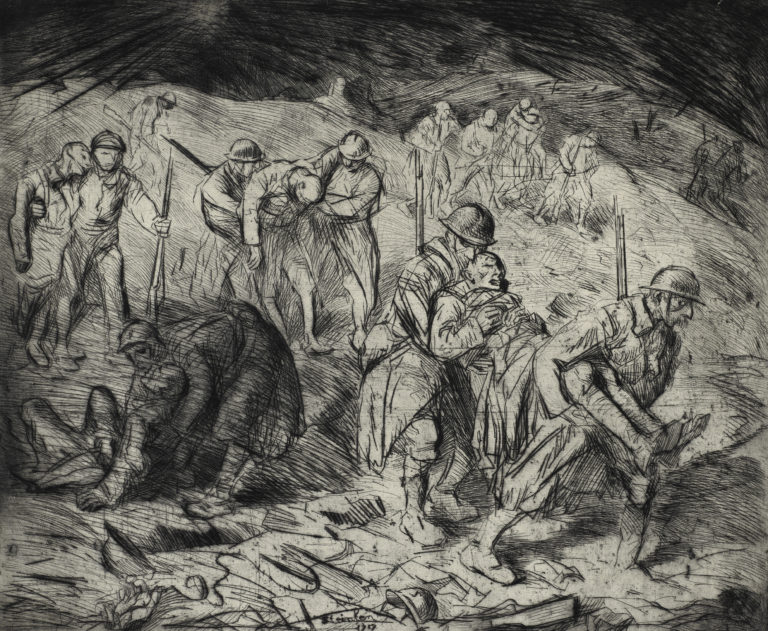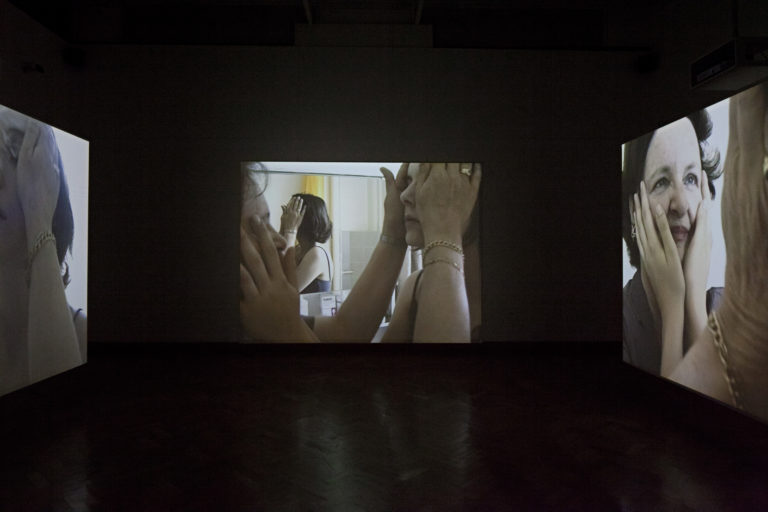Bibliography
Pierre-Henri Foulon (ed.), André Tommasini. Une vie à sculpter, with texts by Eleonora Del Duca, Lorena Ehrbar and Pierre-Henri Foulon, Musée cantonal des Beaux-Arts de Lausanne, Coll. Espace Focus, n. 12, 2024.
Sylvio Acatos (ed.), André Tommasini. Sculptures, exh. cat. Martigny, Fondation Pierre Gianadda, 1987.
Dominique Vollichard, René Berger, Christophe Gallaz, André Tommasini. Sculptures, exh. cat. Colmar, Galerie Jade, 1989.




André Tommasini was born in Lausanne to an Italian family of marble headstone suppliers based close to Montoie cemetery. He learned stone-carving with his father before training at the cantonal school of drawing and applied art, where he studied under Casimir Reymond in the early 1950. He saw no reason to choose between art and craft, dividing his time lifelong between studio work, public commissions, and the production of headstones and grave monuments.
This sculpture consists of two elements arranged around a void. It is one of a set of works evoking an abstract depiction of the body shown at the artist’s first solo exhibition at the Galerie Numaga, Auvernier, in 1975. Tommasini blended the classical tradition with aspects borrowed from non-Western art – an approach most associated with the work of Henry Moore (1898-1986) – and eschewed any hint of symbolism. His body of work reflects first and foremost an exploration of the tension between contradictory forms: organic versus geometric, fullness versus the void, constraint versus expansion. He usually sculpted directly on the stone, letting its natural features and limitations guide his work. He was deeply focused on achieving perfect forms and paid just as much attention to polishing the stone, so that the light would highlight the shapes he had created.